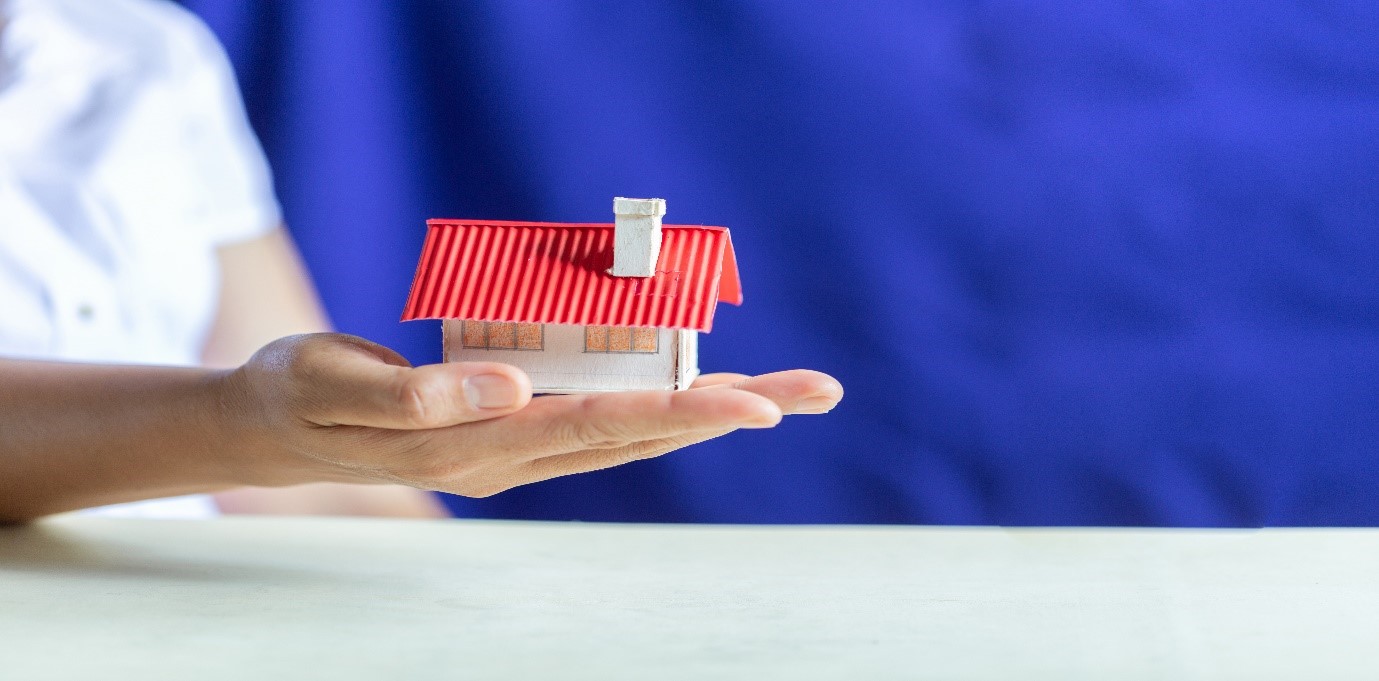There is a possibility that the real estate sector will play an important role in the expansion of the economy. The continuous expansion of private construction and state works, which combined accounted for a total of 647 billion Rwandan francs in 2019, was the primary contributor to the sector’s 4% year-over-year gain in its contribution to GDP in 2019. In addition, the Kigali City Master plan is currently being implemented. It will provide the foundation for more detailed planning in the District and the Central Business District, both of which present significant opportunities for the real estate and construction industries. The Kigali City Master plan includes a broad vision and guidelines for the entire city.
It is state-of-the-art in terms of sustainable land use, infrastructure, environment, society, and economy, among other spheres of concern.
In addition, Rwanda has prioritized expanding and developing six smaller cities—Rusizi, Rubavu, Musanze, Huye, Muhanga, and Nyagatare—as part of its national plan. Secondary cities provide significant potential in various spheres, including the construction of real estate and other types of infrastructure, the processing industrial and agricultural goods, and the processing of food.
When it comes to the housing market, the objective is to increase both the rate of building and the number of individuals who can successfully obtain mortgages. In addition, one of the goals is to innovate new housing typologies and building materials for use in the region. If we are successful in achieving these objectives, we will provide the groundwork for the widespread distribution of housing that is both affordable and of high quality.
The nation will require 5.5 million new dwellings, the equivalent of 150,000 new homes being created per year, to house its anticipated 22 million residents in the year 2050. It is advised that existing informal settlements be replaced and modernized and that existing cities and centers be densified before developing the available territory. The overall number of housing units that will be developed will amount to 4.5 million, with 3 million units being brand new and 1.5 million units being replacements. The average annual building volume from 2020–50 will be 150,000 units.




